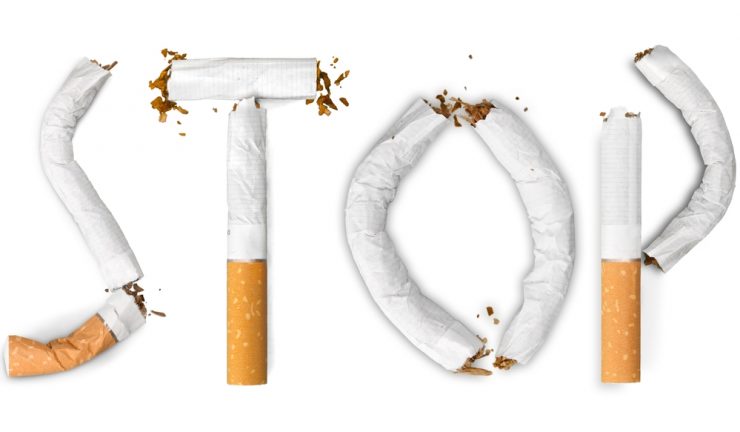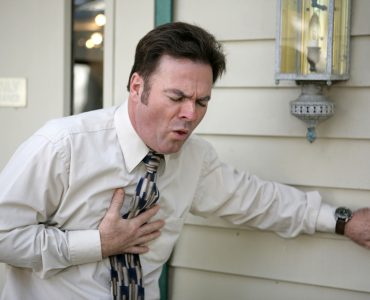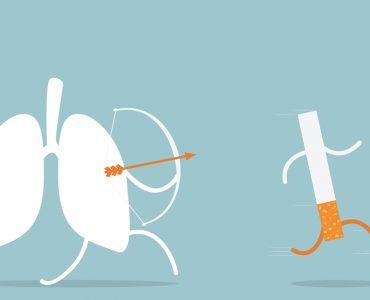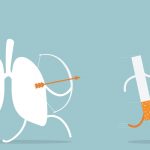It is important to note that the human body has the ability to repair itself – to some degree – once smoking is discontinued. Quitting smoking at anytime will reduce cancer risks considerably. However, it is best to begin a cessation program as early as possible to prevent damage to the body. Unfortunately, some irreversible damage is impossible to avoid. Lung cancer is that type of damage. Studies show that around 80 percent of lung cancer patients are either smokers or former smokers. Oftentimes it develops quickly, and the body cannot heal the cancer on its own.
Smoking deposits tar into the lungs, and total devastation begins. The obvious solution is to quit smoking. Immediately upon cessation, the lungs will begin to clear themselves. Within a couple of months, lung function has improved. The coughing and congestion have lessened. More energy is evident, and it is easier to breathe. After a smoker quits smoking, he will eventually return to the normal rate of lung function for a person his age.
If the cancer is discovered early enough, the treatment options are considerably better. Surgery to remove the cancer is generally more successful, and treatment success rates are higher. Unfortunately, by the time symptoms appear, lung cancer is usually in its advanced stages. At this point, treatment is less effective. Even with early detection, survival rates for lung cancer are not good. At the end of the second year after diagnosis, 8 out of 10 lung cancer patients do not survive.
Even in the years after completing a cessation program, the ex-smoker must seek testing for lung cancer, as the risk does not end immediately. In fact, it takes ten years after quitting for the lung cancer risk to fall to almost half the cancer probability that current smokers have.













